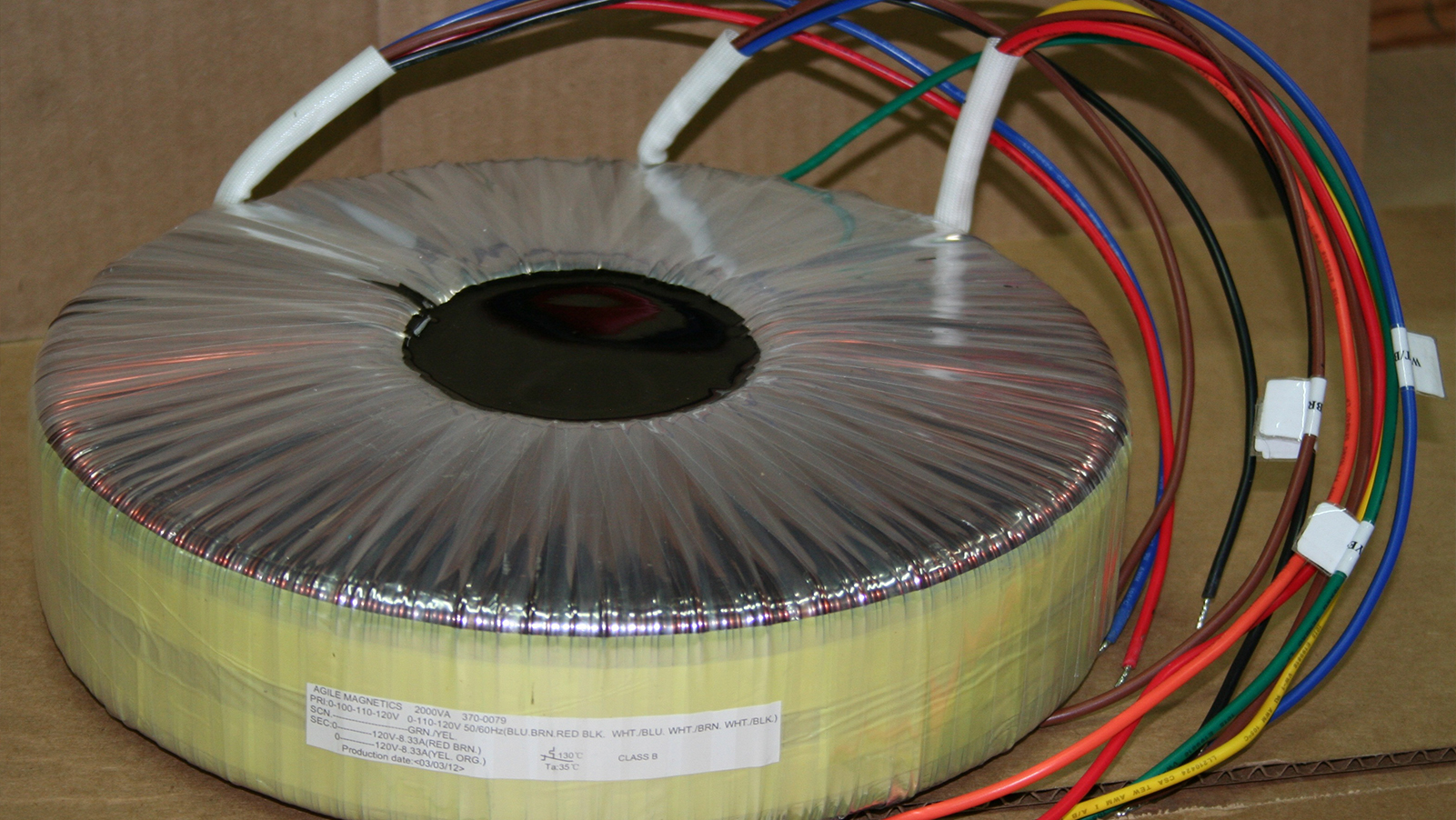Our Blogs
Unveiling the Toroidal Transformer: Construction and Its Working Principles

Transformers are essential devices for transferring electrical energy between circuits at different voltage levels. Among the different types of transformers, the toroidal transformer is known for its compact design, high efficiency, and low electromagnetic interference. This article provides an in-depth look at the construction and working principles of the toroidal transformer, highlighting its unique characteristics and applications.
Construction of a Toroidal Transformer:
The toroidal transformer has a toroidal (doughnut-shaped) core made of high-permeability materials, such as silicon steel or ferrite. The core provides a closed magnetic circuit, maximizing magnetic flux density and minimizing leakage flux. The transformer has two sets of insulated copper wire coils, namely the primary winding and the secondary winding. The primary winding, linked to the input voltage source, generates a magnetic flux in the core when an alternating current passes through it. The changing magnetic flux induces a voltage in the secondary winding, linked to the load, transferring electrical energy from the primary to the secondary circuit. The toroidal transformer has a continuous, toroidal core that encircles the entire winding, resulting in a compact and space-efficient design. The absence of air gaps in the core reduces magnetic reluctance and minimizes energy losses, leading to higher efficiency and superior performance.
Working Principles of a Toroidal Transformer:
The toroidal transformer operates on the principles of electromagnetic induction. When an alternating current flows through the primary winding, it creates a fluctuating magnetic field around the toroidal core. This changing magnetic field induces an electromotive force (EMF) or voltage in the secondary winding, according to Faraday's law of electromagnetic induction. The voltage induced in the secondary winding is proportional to the turn ratio between the primary and secondary windings. By varying the number of turns in each winding, the voltage can be stepped up or down to match the desired output voltage level. This makes the toroidal transformer adaptable to a wide range of voltage conversion requirements, making it suitable for diverse applications in electronics, power supplies, audio equipment, and more.
Key Advantages of Toroidal Transformers:
- Compact and space-efficient design, ideal for applications with limited space constraints.
- High efficiency and low energy losses due to the absence of air gaps and reduced magnetic reluctance.
- Reduced electromagnetic interference (EMI) and noise, resulting in cleaner power output.
- Enhanced thermal performance and cooling efficiency, thanks to the compact design and uniform winding distribution.
- Reliable and durable construction, with fewer mechanical parts and potential failure points compared to conventional transformers.
Applications of Toroidal Transformers:
- Toroidal transformers are used in various electronic and electrical systems, including audio equipment like amplifiers, preamplifiers, audio receivers, and hi-fi systems.
- They are also used in power supplies, linear or switch-mode power supplies for electronic devices and appliances, lighting systems including LED drivers, halogen lamps, and other lighting fixtures.
- They are also used in medical devices like diagnostic equipment, patient monitoring systems, and medical instrumentation, and industrial machinery like control panels, motor drives, and automation systems.
Conclusion
The toroidal transformer is a compact, efficient, and versatile solution for voltage transformation and power conversion applications. With its unique construction and working principles, it offers several advantages over traditional transformer designs, including high efficiency, low electromagnetic interference, and space-saving design. The toroidal transformer continues to play a vital role in powering the modern world with clean, reliable electrical energy.

